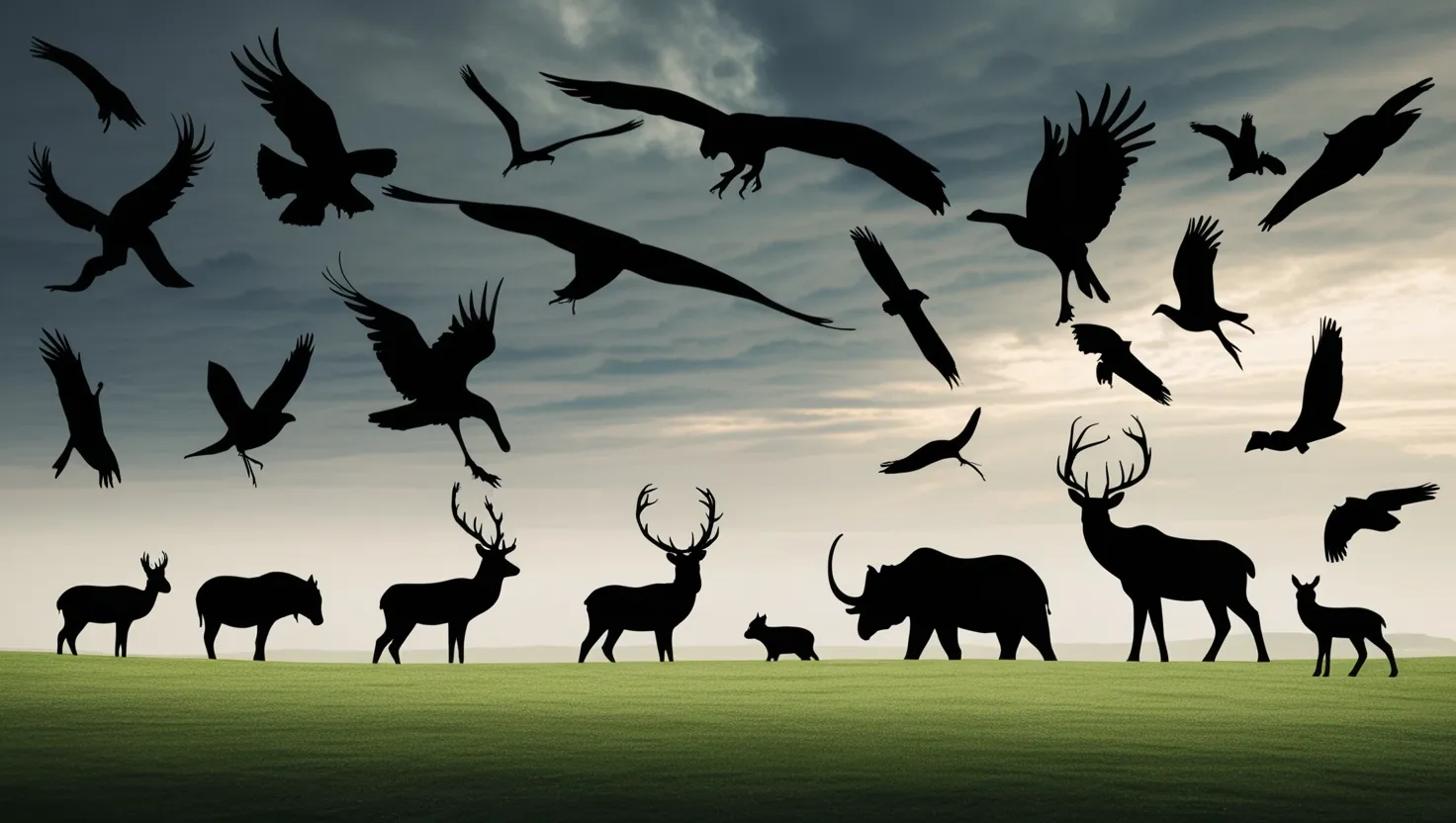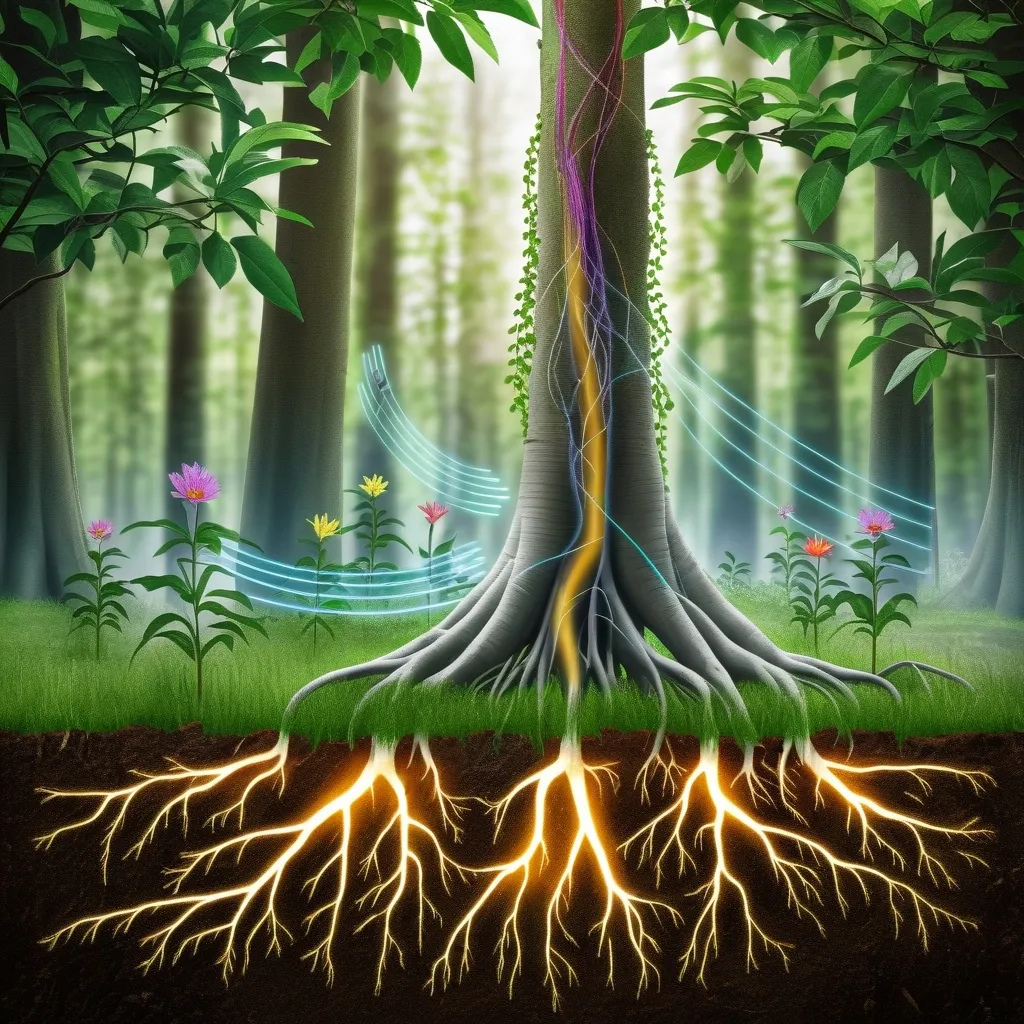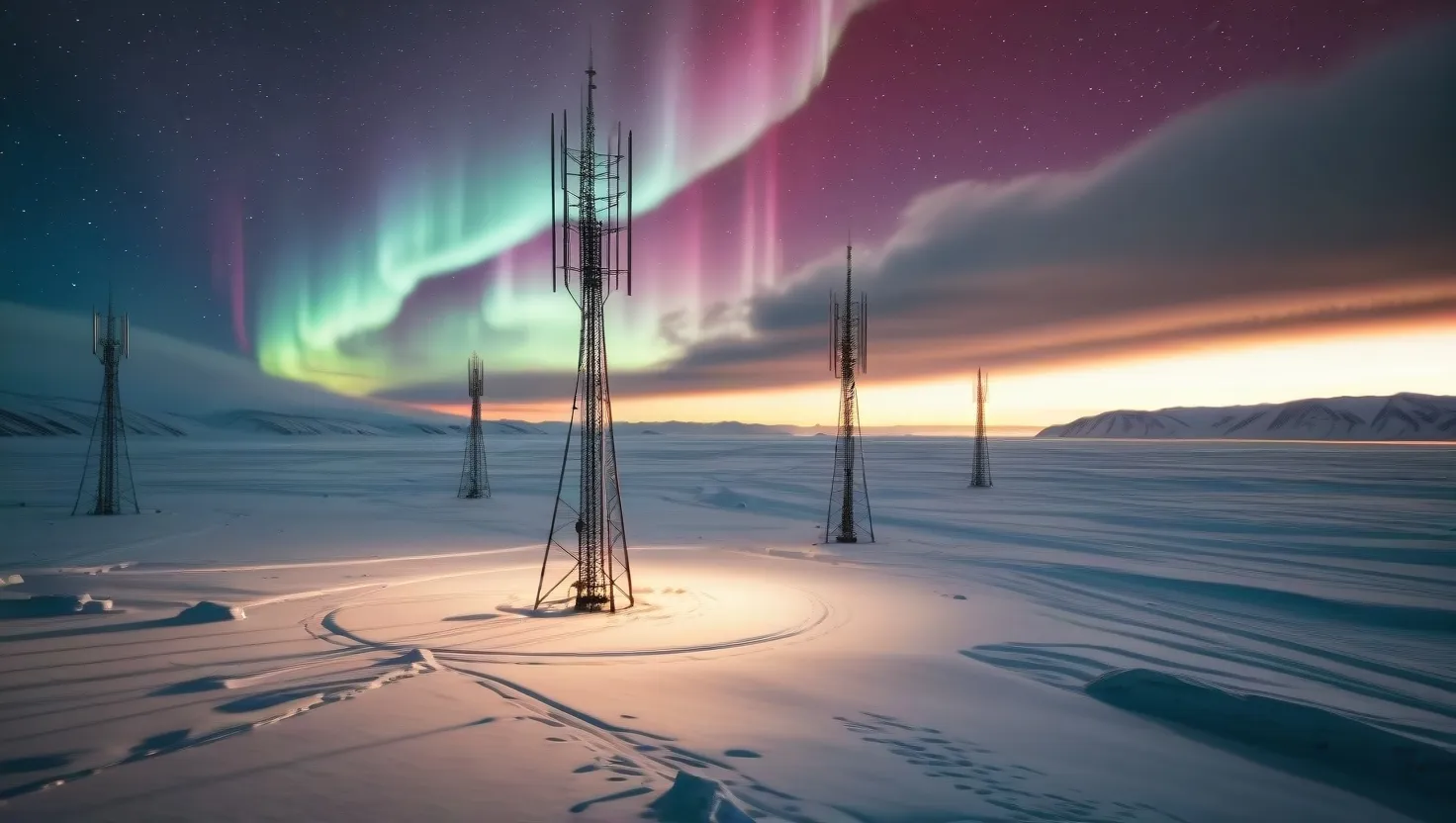In the vast and often mysterious realm of nature, there are events that defy easy explanation and spark the imagination of the public and scientists alike. Mass animal deaths, where thousands of creatures perish in a short span, are among the most baffling and intriguing of these phenomena. Here, we delve into eight such incidents that have not only puzzled experts but also fueled a myriad of conspiracy theories.
The Beebe Blackbird Rain
Imagine a night sky filled with the silhouette of birds, only to have them plummet to the ground in a matter of minutes. This is what happened in Beebe, Arkansas, on New Year’s Eve in 2010. Thousands of red-winged blackbirds and starlings fell from the sky, leaving behind a trail of dead bodies and a sea of unanswered questions.
As I reflect on this event, I am reminded of the words of Rachel Carson, “In nature, nothing exists alone.” But what could have caused such a sudden and catastrophic event? Initial investigations suggested that the birds might have been startled by fireworks, leading to internal injuries from mid-air collisions. However, this explanation did little to quell the speculation. Many wondered if there was something more sinister at play – perhaps some unknown environmental factor or even a government experiment gone wrong.
The Honduran Bat Die-Off
In the heart of Central America, a different kind of mystery unfolded. Hundreds of bats were found dead in Honduras, with no visible signs of injury or disease. This incident is particularly intriguing because bats are not typically known to die en masse without a clear cause.
As we ponder this event, it’s worth considering the interconnectedness of ecosystems. Could a subtle change in the environment have triggered this die-off? Or was it something more specific to the bats themselves? The lack of clear answers only adds to the intrigue, leaving room for theories ranging from environmental toxins to unknown pathogens.
The Swedish Bird Mystery
In the quaint town of Falköping, Sweden, residents woke up one morning to find jackdaws lying dead in the streets. This was not an isolated incident; it happened repeatedly over several days, with no apparent reason for the birds’ demise.
This event brings to mind the words of Aldo Leopold, “We abuse land because we regard it as a commodity belonging to us. When we see land as a community to which we belong, we may begin to use it with love and respect.” Could our treatment of the environment be contributing to such mysterious deaths? The Swedish bird mystery remains unsolved, but it prompts us to think about our relationship with nature and the potential consequences of our actions.
The Chilean Dolphin Stranding
Along the shores of Chile, a different kind of tragedy unfolded. Hundreds of dolphins were found beached, with no clear explanation for why they had left the safety of the ocean. This incident is particularly puzzling because dolphins are highly intelligent and social creatures, not typically prone to mass strandings.
As we consider this event, we might ask: What could drive such intelligent animals to beach themselves? Was it a change in ocean currents, a disease, or something entirely different? Theories abound, from sonar testing by naval vessels to unknown marine phenomena. The truth, much like the dolphins themselves, remains elusive.
The Kazakhstan Saiga Antelope Catastrophe
In the vast steppes of Kazakhstan, a catastrophic event occurred that would leave even the most seasoned scientists stunned. Over 200,000 saiga antelopes died in a matter of days, wiping out nearly 60% of the population. The cause was eventually attributed to a bacterial infection triggered by unusual weather conditions, but the scale of the tragedy is still hard to comprehend.
This event highlights the fragility of ecosystems and the delicate balance of nature. As E.O. Wilson once said, “The natural world is the greatest source of inspiration for the arts and sciences.” The saiga antelope catastrophe serves as a stark reminder of how quickly and dramatically nature can change.
The Honeybee Colony Collapse Disorder
In recent years, beekeepers around the world have faced a mysterious and alarming phenomenon – the sudden disappearance of entire honeybee colonies. This is not just a local issue; it has global implications for food production and ecosystem health.
Theories about the cause range from pesticide use to climate change, but the exact reason remains a mystery. As we grapple with this issue, we must consider the words of John Muir, “When one tugs at a single thing in nature, he finds it attached to the rest of the world.” The health of our bees is intricately linked to our own well-being and the health of our planet.
The English Thames Whale Deaths
The River Thames, once a symbol of industrial pollution, has seen its share of environmental tragedies. Among the most striking are the multiple instances of whales found dead in the river. These events are particularly puzzling because whales are not native to the Thames and their presence there is already unusual.
As we reflect on these incidents, we might wonder: What drives these majestic creatures to venture so far from their natural habitats? Is it a sign of changing ocean currents, or perhaps a response to some unknown environmental cue? The Thames whale deaths serve as a reminder of the complex and often mysterious interactions between marine life and human activity.
The Italian Sardine Apocalypse
In the coastal towns of Italy, a bizarre sight greeted residents one morning – thousands of sardines washing up on the beaches, dead and without any apparent cause. This event is reminiscent of other fish die-offs around the world, where large numbers of fish have been found dead under mysterious circumstances.
As we consider this incident, we are forced to think about the health of our oceans. Are these die-offs a sign of broader environmental issues, such as pollution or climate change? Or are they isolated events with specific causes? The Italian sardine apocalypse, like many other mass animal deaths, leaves us with more questions than answers.
The Speculation and Theories
Each of these incidents has sparked a flurry of speculation and conspiracy theories. From government experiments to extraterrestrial involvement, the explanations are as varied as they are imaginative. However, beneath the surface of these theories lies a deeper truth – our lack of understanding about the natural world and our impact on it.
As we navigate these mysteries, it’s important to remember the words of Carl Sagan, “For small creatures such as we, the vastness is bearable only through love.” Our love for nature and our desire to understand it must drive us to seek answers, not just in the realm of science, but also in our own actions and responsibilities towards the environment.
In the end, these mass animal deaths serve as a reminder of the intricate web of life that we are part of. They challenge us to think more deeply about our relationship with nature and to seek answers that are both scientific and compassionate. As we continue to explore and understand these events, we must also acknowledge the limits of our knowledge and the importance of preserving the natural world for future generations.






